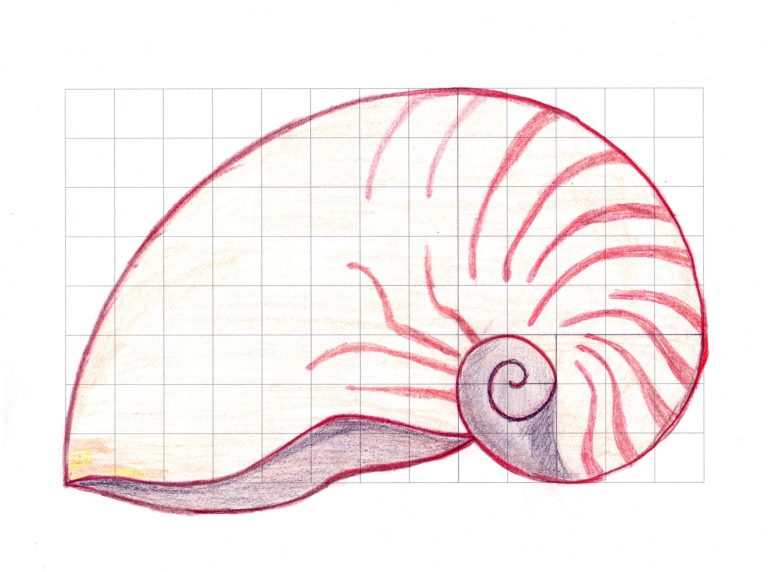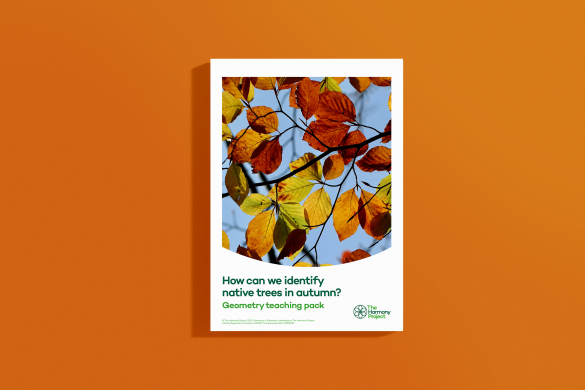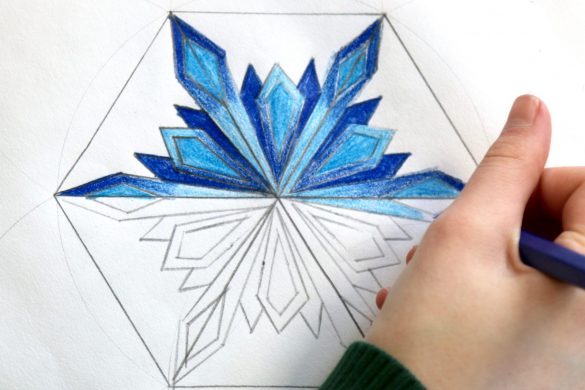Geometry pack: How can we ensure our oceans stay amazing?
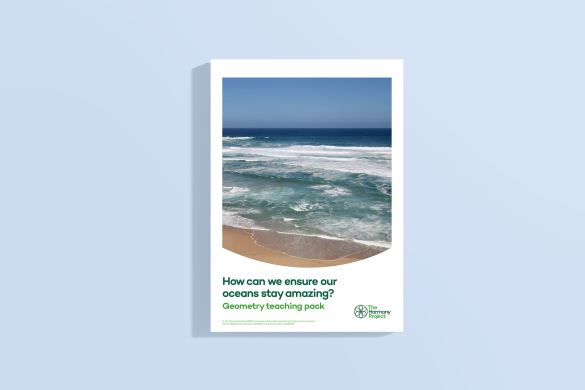
Bring the wonder of the geometry found in our seas and oceans to your KS2 class.
The six activities in this pack have been developed to explore with students the beautiful geometry of our oceans.
They can be used as part of the enquiry of learning How can we ensure our oceans stay amazing? to introduce the wider learning each week, to support learning about shape, tessellation and rotational symmetry in maths, as a stimulus for learning in art or to teach geometry as a standalone activity. They could also be used to introduce students to the principle of Interdependence, which is the Harmony principle linked to our oceans enquiry of learning, or to explore the principle of Geometry itself.
For each activity, step-by-step instructions are provided as a guide for teachers, with accompanying diagrams and lists of the resources students will need. There are also photocopiable templates – where these are used, each student will need a copy to complete the activity. Some of the activities in the pack use compasses for the geometric construction. We recommend Jakar compasses, for their ease of use and accuracy – you can purchase them at a discounted rate here.
To download the geometry teaching pack, click the download button at the bottom of this page.
What’s in this geometry teaching pack?
The following six activities are included in this pack:
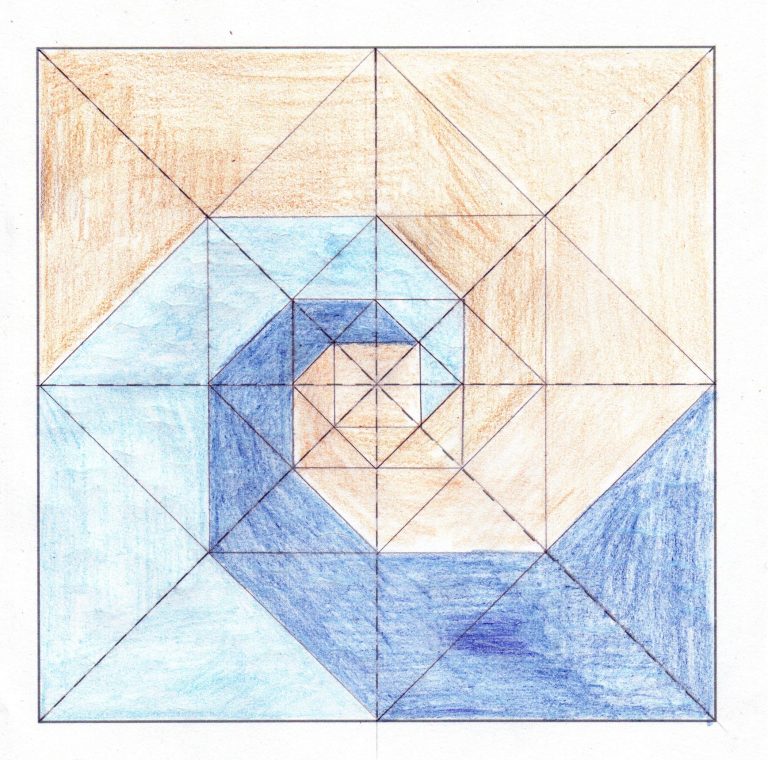
How can I draw a wave?
Waves in the ocean often have a complex shape that is determined by factors such as wind speed, ocean currents and the shape of the ocean floor beneath them. When viewed from the side, a wave takes the form of a logarithmic spiral, which can also be found elsewhere in Nature – in seashells and in the shape of galaxies, for example. In this activity, students draw a logarithmic spiral using a template based on diminishing squares to create a wave design. This activity takes inspiration from The Great Wave Off Kanagawa, the famous woodblock print by the artist Katsushika Hokusai.
How can I recreate the shape of a seashell?
Shells offer protection to the creatures that live inside them, shielding the animal from predators and the harsh marine environment. Many different sea creatures, such as molluscs, crustaceans and turtles, have shells. Shells can tell us about the health of an ecosystem: changes in shell thickness or shape may indicate environmental changes or pollution. Shells are commonly found as fossils, providing valuable clues about ancient marine life and past environments. In this activity, students focus on the shell of the scallop, using a circle as the starting point to create their own seashell design.
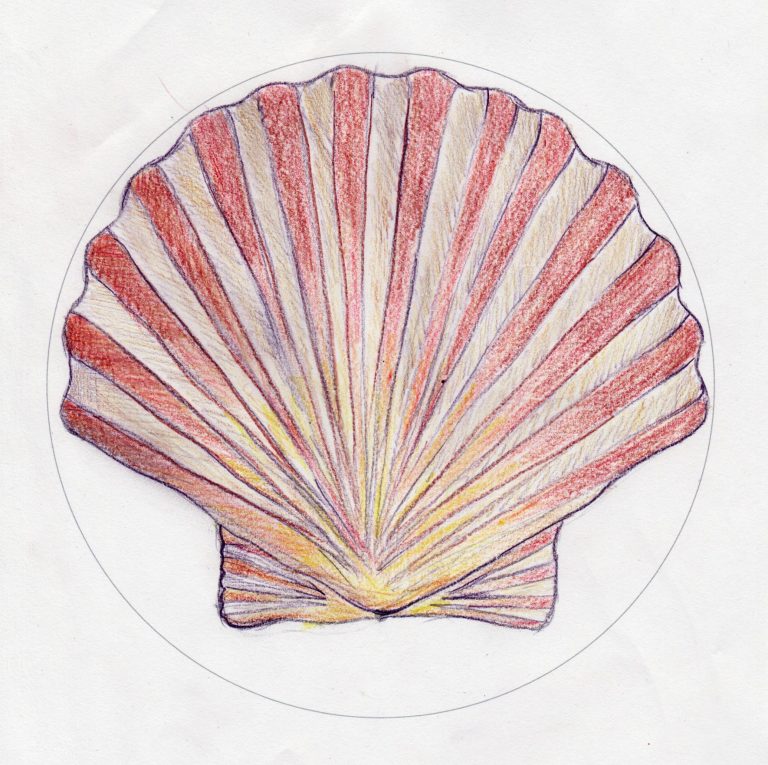
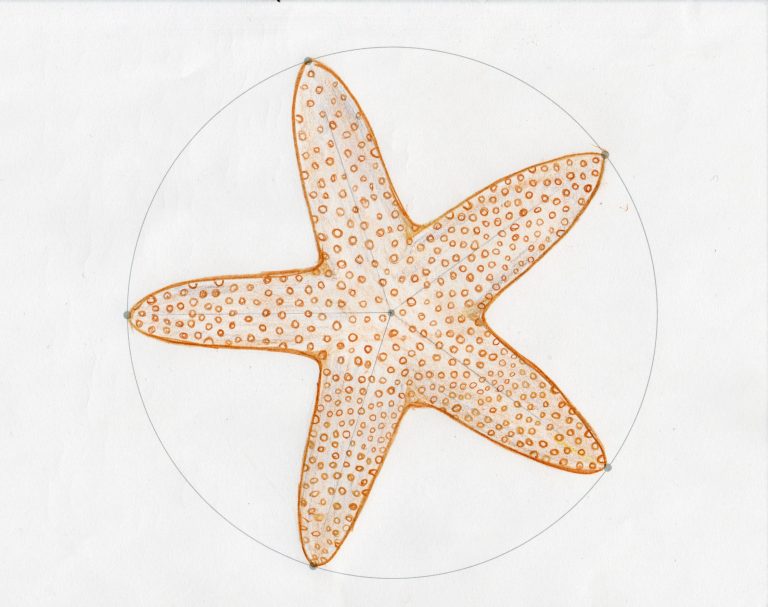
What symmetry can I find in starfish?
Starfish, also known as sea stars, come in a wide range of shapes, colours and sizes. The variation in the appearance of starfish species reflects the diversity of life in the ocean. However, many starfish forms are based on a pentagon, with five arms radiating from a central disc. In this activity, students have the opportunity to study and recreate the shape of three species of starfish that are found along the UK coast: the common five-armed starfish, the cushion star and the Bloody Henry starfish.
How can I draw different fish shapes?
Off the coast of the UK, flatfish are one of the most commonly found types of fish. As their name suggests, flatfish such as plaice, sole, flounder and turbot have flattened bodies. They are well adapted for life on the seabed, where they camouflage themselves against the sand or mud. Plaice is the focus for this activity, with its distinctive reddish or orange spots and slightly wonky face!
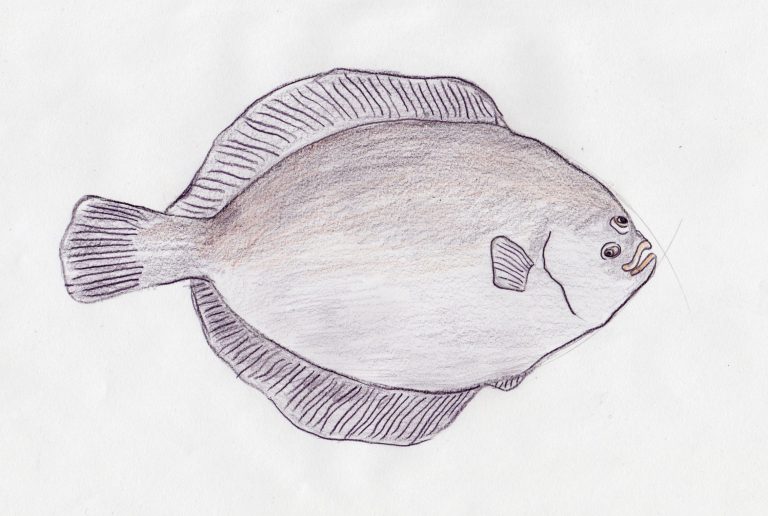
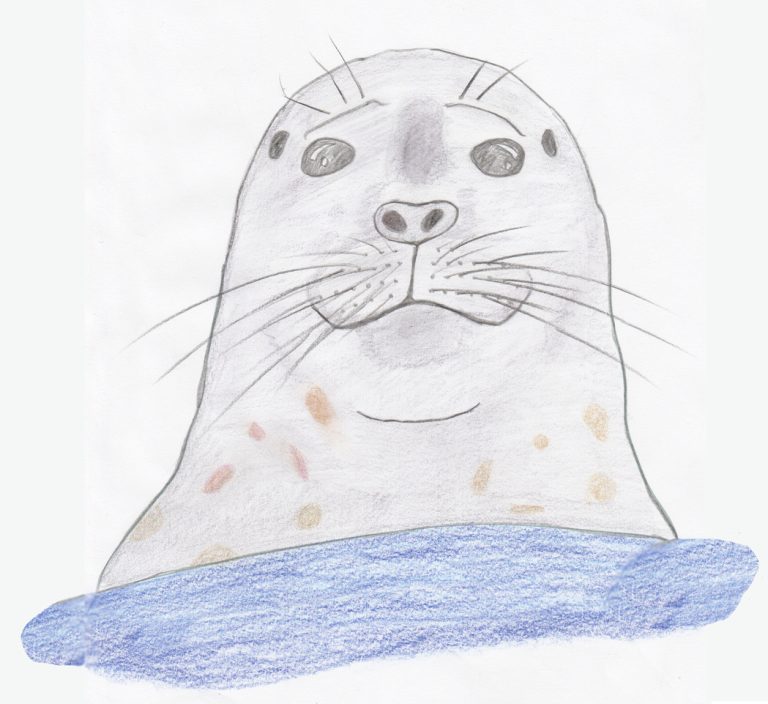
How can I draw the face of a seal?
There are two main species of seals found in the UK: the common seal (also known as the harbour seal) and the grey seal. The grey seal that is the focus of this activity is the larger of the two and is more commonly seen around the coasts of the UK. They often inhabit rocky shores, sandbanks and coastal islands and have long been part of British folklore and culture, featuring in stories, myths and legends. In this activity, students use the geometry of circles to draw the face of a seal.
How can I draw a nautilus shell?
In this activity, students draw the spiral-shaped, chambered shell of a nautilus, which is a type of marine creature belonging to the cephalopod family (this also includes squids and octopuses). Nautiluses are the only living cephalopods with an external shell; they inhabit the largest chamber in their shell and use the other gas-filled chambers to control how they float, allowing them to move up and down in the ocean.
